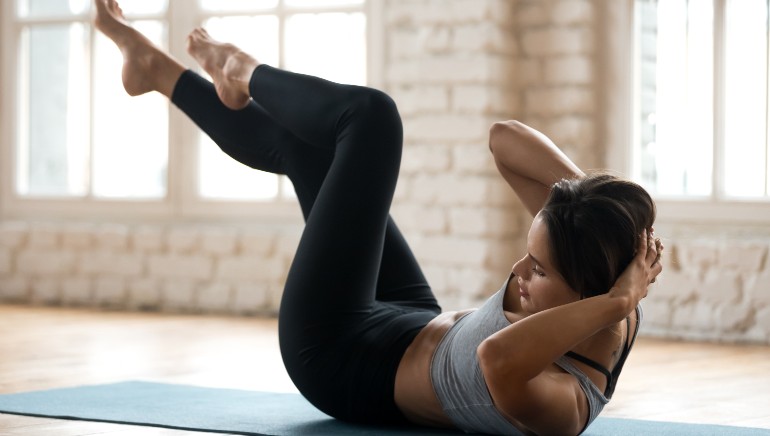
To build real, sustainable walking speed, you need to strengthen the key muscles that power your stride—your glutes, legs, and core—through targeted exercises like squats and lunges.
If you’re walking at the same speed every day and not improving, it might not be your technique or heart fitness that’s holding you back. Instead, it could be your strength. To walk faster and with more power, you need strong muscles to push you forward. Adding some simple strength exercises to your routine can help you build this strength. This change can make your walks more vigorous and effective. If you want to improve your walking speed and overall fitness, this is a critical step to take.
Why is strength training so crucial for walking?
Walking faster isn’t just about moving your legs more quickly; it’s about pushing off the ground with more force. That force comes directly from the major muscles in your lower body and core. “The stronger these muscles are, the more powerful each step becomes, leading to a naturally faster and more efficient gait”, fitness coach Wanitha Ashok tells Health Shots.
Numerous studies have demonstrated a clear link between muscle strength and walking ability. A 2017 study in the European Journal of Sport Science found that improvements in walking speed after a resistance training program were directly associated with gains in lower limb muscular strength.
What are the best exercises to build walking power?
You don’t need a complicated gym routine. A few fundamental bodyweight exercises can make a world of difference. The key is to target the primary movers in your walking stride, as recommended by Harvard Health.
- Squats: The undisputed king of lower-body exercises. Squats build all-around strength in your quadriceps, hamstrings, and, most importantly, your glutes—the powerhouse of your stride.
- Lunges: Lunges are fantastic because they mimic the single-leg motion of walking. They challenge your balance and build stability while strengthening your glutes and quads.
- Glute Bridges: This exercise isolates your glutes, helping you “wake up” and strengthen the muscles that are often underused from sitting too much. Strong glutes provide the propulsive “push-off” for a faster walk.
- Calf Raises: Your calf muscles are responsible for the final push-off from your toes in every step. Strengthening them can significantly improve your forward momentum.

Image courtesy: Adobe Stock
How often should I do these strength exercises?
Consistency is more important than intensity. Aim to incorporate these exercises into your routine two to three times per week on non-consecutive days as per the Korean Journal of Family Medicine. You can do them at home with just your body weight, making it an easy habit to build. For more guidance on creating a routine, you can explore other fitness tips for enthusiasts.
How can I keep challenging myself?
“Like any form of exercise, you need to practice and progressively challenge yourself. Don’t just stick to the same walk every day,” shares the expert.
- Try intervals: Mix in short bursts of faster walking during your regular strolls. For example, walk fast for one minute, then at a normal pace for two minutes, and repeat as per the American Heart Association.
- Find a hill: “Walking on an incline is a fantastic form of resistance training that builds serious leg strength and cardiovascular fitness”, shares the fitness coach.
- Vary your route: Taking different routes keeps things mentally interesting and can introduce new challenges, such as hills or varied terrain, which helps you increase your walking speed over time.
By building a stronger foundation, you’re not just training your body to walk faster—you’re making it more resilient, robust, and efficient. A stronger body makes for a faster walker, so embrace these simple exercises and get ready to leave your old pace in the dust.
Disclaimer: At Health Shots, we are committed to providing accurate, reliable, and authentic information to support your health and well-being. However, the content on this webhttps://healthwealthnbeauty.com/ is intended solely for informational purposes and should not be considered a substitute for professional medical advice, diagnosis, or treatment. Always consult a qualified healthcare provider for personalised advice regarding your specific medical condition or concerns.









